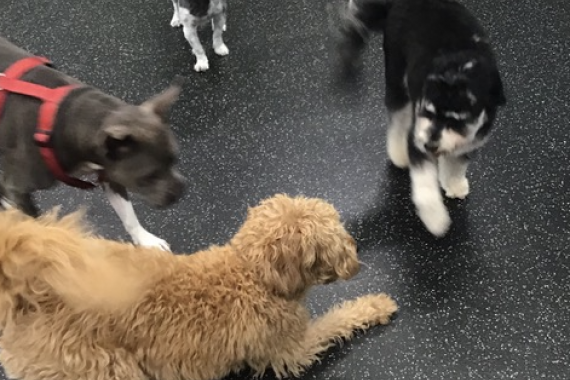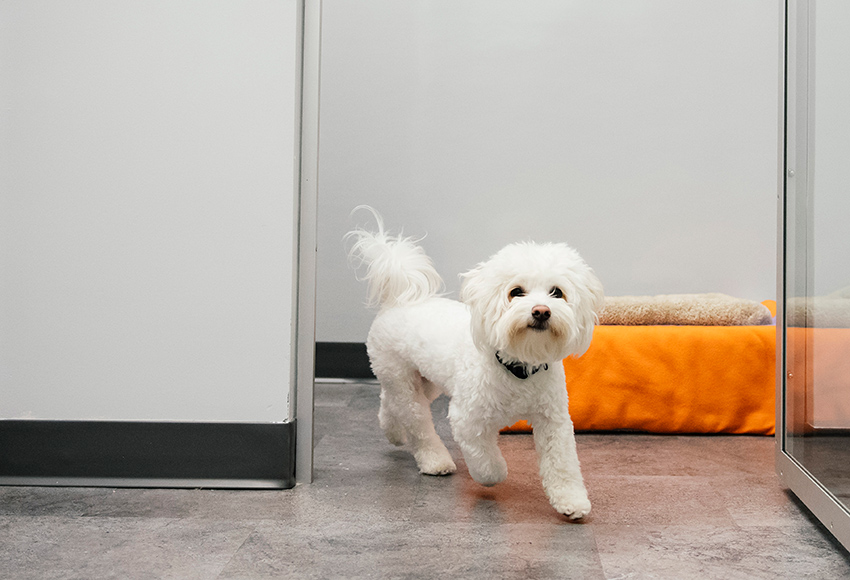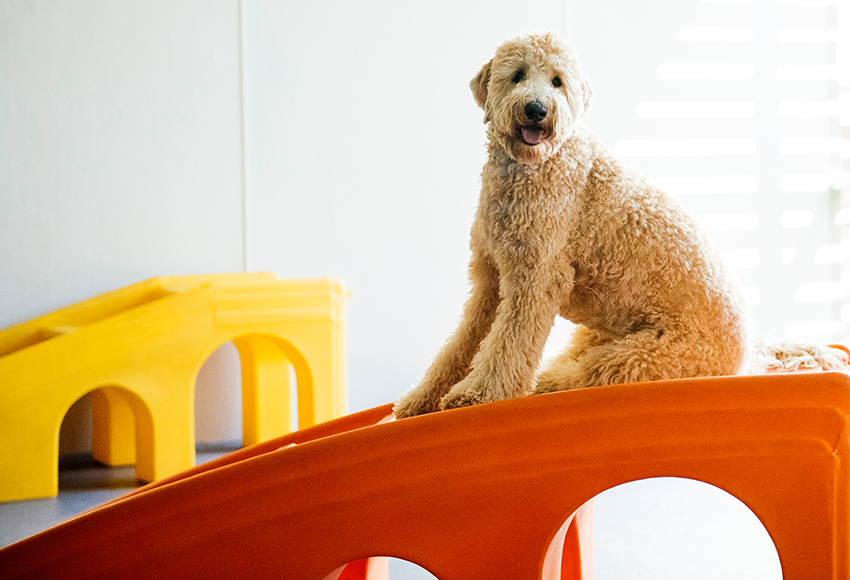Quirky Dog Play Behaviors
April 28, 2018

It is important to be reminded that dogs are truly different than people. They process information differently. They live in the moment and they are unconditional in their love. The other thing is that they play far differently. Here are four specific actions that people often misinterpret but dogs get right when they are “talking” to each other during play.
Roll Over on Their Back
In June 2016 Scientific American published a great little article that talks about rolling on the back during play. (https://blogs.scientificamerican.com/dog-spies/why-do-dogs-roll-over-during-play/). People used to think it was a passive submission from a classic 1967 paper in American Zoologist. However, what the study showed was:
- Most rollovers were “defensive” (e.g. avoiding a nape bite)
- Of all the rollovers studied none were submissive.
- The smaller of the two dogs were not more likely to roll over.
- Less than half of all dogs roll over during play.
- When two dogs are playing, rollovers most often facilitate play.
- Rolling over is a self-handicapping move to help balance the game.
Play Biting
Dogs obviously play for fun, but they also are educating each other with every interaction. Dogs learn what an acceptable bite pressure is and that they have to inhibit their bite if they want to continue the game. They literally have to bite each other to know what they can do. Pups do this with people too and the “yipe” from another dog or “ouch” from a pet parent both mean the same thing. This “learning” is an important part of identifying socially acceptable behaviors. Both humans and dogs educate their specific dog(s) as to what they can and can’t do with their mouth.
Play Growling
Growling doesn’t mean that the game has escalated from play to a fight. When both dogs are adding some vocalizations and they are matched in tone and intensity, it’s just normal “trash talking” and doesn’t mean much. If you see something unbalanced where only one is doing it or the other has increased the intensity then we’re probably moving into a different place and intervention is warranted. Play growls have different acoustical properties than growls given as threats, Dogs distinguish between play growls and growls given in agonistic (i.e., conflicting) contexts. Dogs know when a partner’s growl is just pretending.
Oh No!
One behavior that’s worth mentioning is mounting. There’s nothing more horrifying than to jump on a web camera and see your dog as the perpetrator or even worse, the victim of another dog mounting them. Mounting is a big panic button for parents but it is a natural part of the play where they are “rehearsing” behaviors. Dogs actually have to practice this in order to be “successful” when the time comes. The other side of the behavior is that it is not sexual. What’s interesting is that the behavior is not just male to female. It’s more of an “I’m your friend” behavior or “you are my buddy” since you see all genders performing this behavior. More importantly, even if they have been spayed or neutered they still practice this.

Want to know more about dog daycare at Dogtopia of Edmond? Click here!







